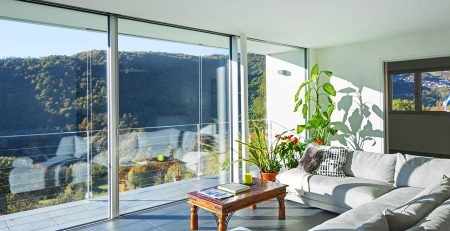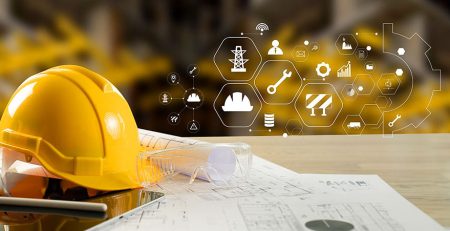Can Construction Go Green? Sustainable Practices for the Future
In an era where environmental sustainability is not just valued but vital, the construction industry stands at a crossroads. With escalating environmental concerns and stringent regulatory pressures, the push towards green building practices has never been more crucial. This exploration delves into how the industry is adapting, showcasing the innovations and strategies that not only promise a greener future but also offer economic and efficiency benefits.
Defining Sustainable Construction
Sustainable construction goes beyond the occasional green choice; it’s an all-encompassing approach. This involves using materials that are friendly to the earth and designing buildings that consume minimal energy. The core principles driving this approach include reducing carbon emissions, optimizing energy efficiency, and curbing waste production. It’s about crafting buildings that coexist with their environment and sustain their resources.
Green Building Materials
Imagine buildings constructed from materials that once would have landed in a landfill. Today’s green building materials are not just a nod to sustainability; they’re a leap. Innovations include:
- Recycled and Upcycled Materials: These are turning construction waste into resources, demonstrating that what’s old can be new again.
- Biodegradable Materials: Innovations such as biodegradable concrete promise a future where buildings can literally disappear without a trace, leaving no harm to the earth.
- Low-Environmental Impact Products: From low-VOC paints to composite materials that mimic traditional options without the environmental toll, these products are setting new standards in building.
The adoption of these materials isn’t just good for the planet; they often offer improved durability and energy efficiency, proving that going green doesn’t compromise quality.
Energy Efficiency and Renewable Energy Integration
The modern building breathes with its environment, optimizing energy use and reducing dependency on non-renewable sources. Techniques and technologies making this possible include:
- Smart HVAC Systems: These systems adapt to usage and environmental conditions, slashing energy waste without sacrificing comfort.
- Renewable Energy Sources: Solar panels and wind turbines are becoming part of buildings’ standard blueprints, turning every sunny day or breezy evening into a utility bill cut.
- Natural Light and Temperature Regulation: Design strategies that enhance natural light and air flow reduce the need for artificial heating, cooling, and lighting.
Water Conservation Techniques
Water is as precious as ever, and modern construction reflects this. Techniques to preserve this crucial resource include:
- Rainwater Harvesting Systems: These systems collect rainwater for non-potable water needs, reducing the strain on municipal systems and the environment.
- Water-Efficient Fixtures: Low-flow toilets and faucets cut down on water waste without reducing functionality.
- Sustainable Landscaping: Xeriscaping and other water-efficient landscaping techniques ensure that a building’s green space conserves water as diligently as its interiors.
Construction Processes and Site Management
The actual construction process has also transformed to reduce its environmental footprint. Practices include:
- Site-Sensitive Construction: Methods that minimize the impact on the surrounding land and ecosystems.
- Waste Reduction and Recycling: Strategic recycling and reuse of construction waste not only reduce landfill contributions but also cut costs.
- Technology in Resource Management: Using advanced technology to monitor and manage resource use onsite ensures that sustainability is a priority from start to finish.
Certification and Compliance
Certification systems like LEED provide frameworks that guide and recognize sustainable construction practices. These systems encourage buildings to meet stringent sustainability benchmarks and offer a competitive edge in an eco-conscious market. Case studies of LEED-certified projects demonstrate their positive impacts on communities and their surroundings.
Future Trends in Sustainable Construction
Looking ahead, the potential for innovation in sustainable construction is boundless. Emerging technologies like 3D printing and artificial intelligence promise to revolutionize building practices, while evolving regulations will likely mandate more stringent sustainability standards. Moreover, as climate change becomes a more pressing concern, resilience in building design—ensuring structures can withstand environmental stresses—is becoming crucial.
Conclusion
Sustainable construction is no longer an option; it’s a necessity. The benefits extend beyond environmental impact, influencing the economic and social aspects of communities worldwide. As the industry evolves, the integration of these practices will become standard, reinforcing the importance of sustainability in building a future that accommodates both our needs and those of the planet.
Are you ready to be part of the green building revolution? Explore sustainable projects by Vescom International, download our white paper on sustainable practices, or join a forum discussion to exchange ideas and strategies. Together, we can build a sustainable future, one project at a time.











